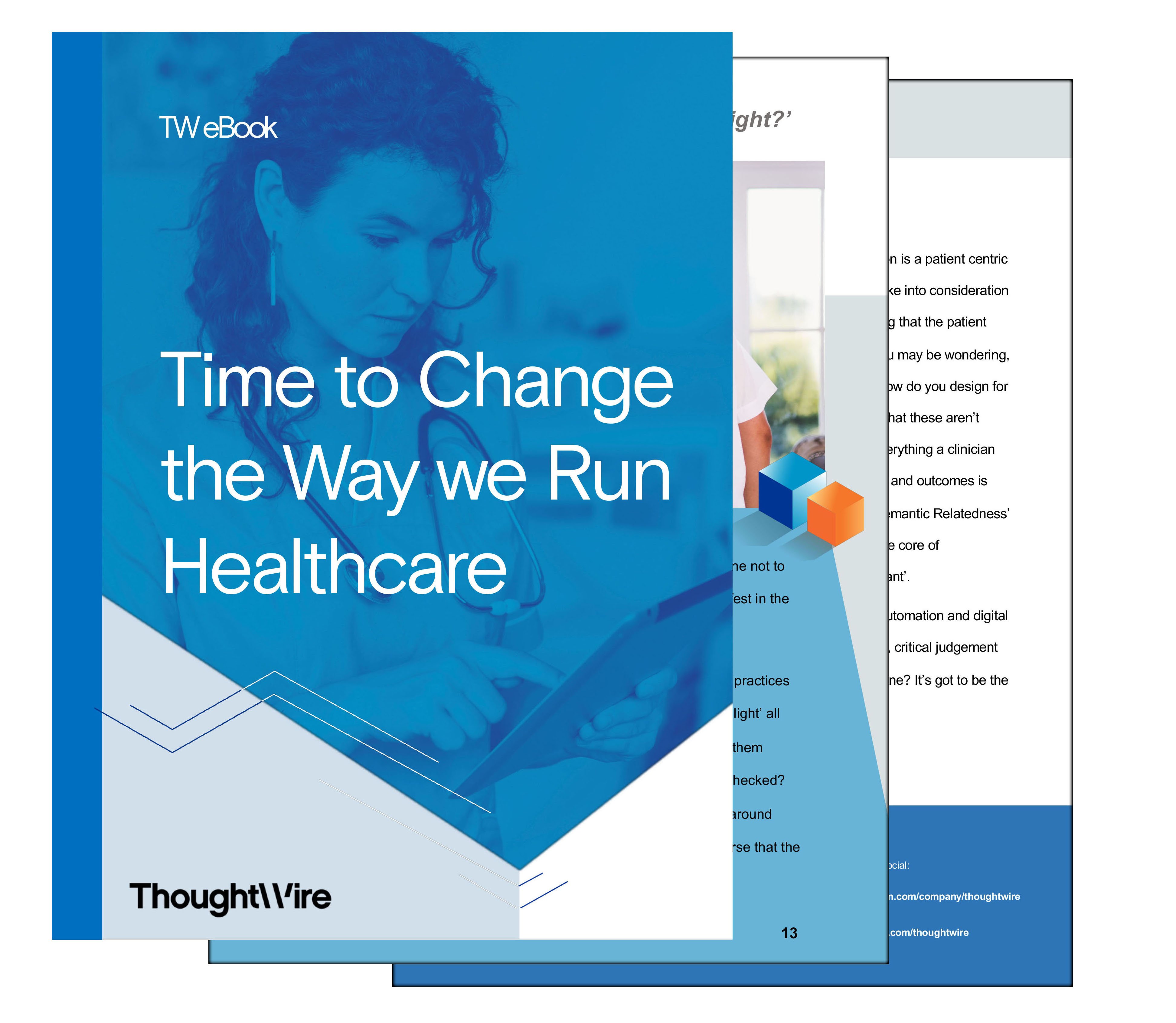One of the biggest surprises I received when I was in nursing school was that there was no training on how to insert and start an IV catheter, only how to care for one. When I started working as an RN, I remember some of the looks I got when I told the senior nurses that it was no longer part of the curriculum and I required training. Learning how to start an IV was brutal for us new grads; there were two of us and we only had a stiff mannequin, or each other to practice on - I still have all the scars. None of the instructions were that helpful:
“Pretend like you’re landing an airplane, go in at 30°. Don’t go too fast, but also don’t go too slow! Keep your hand still but move it to follow the bend if the vein gives you resistance. Push forward and pull back at the same time.”
Precision and coordination are common themes in healthcare. The consequences and ramifications of a miscalculation, a slip of the hand, or a step out of process could be fatal. Clinicians will perform countless checks to ensure a patient’s safety; the amount of rigour and accountability that they assume provides a high level of reassurance for the patients they look after. Clinicians will go above and beyond to ensure that every element is working in harmony and that every step is in sync. Surprisingly enough however, technologies and tools that are created to assist clinicians with their day to day workflows are often out of sync.
Data and workflows that are out of sync not only causes delays to clinicians but also significantly impacts the patients. Consider the following scenario:
- Doctor writes a discharge order in the patient chart (EMR) for a patient
- Nurse processes the discharge in the Admit Discharge Transfer (ADT) system
- A housekeeping event is generated and sent to a housekeeper to clean the room
- Nurse calls for a patient transport to assist the patient out of the hospital
- The room becomes available for a new patient to be admitted
Everything seems pretty straightforward, however if we look at some of the nuances of this scenario, we can see how much misalignment and processes are out of sync:
- Nurse does not see discharge order in the EMR for some time
- The discharge in the ADT does not automatically generate a housekeeping event
- The housekeeping event is manually generated by the nurse
- Nurse also has to manually generate a portering request
- Housekeeper arrives to clean the room before the porter and has to wait until the room is clear before commencing
- Porter arrives without the appropriate equipment to transport the patient down
- Housekeeping cannot update nurse of the clean room status as the nurse is on break
- Patient waiting in ER cannot get admitted as the room status still shows ‘dirty’
- Nurse ‘holds’ off updating the bed status to ‘clean’ as the shift is about to end leaving the new patient admission for the next shift
In just this one scenario, all the delays can add up to minutes, even hours, which delay other workflows from commencing or completing; think of a massive traffic jam on the highway. The big challenge in correcting these nuances is that, there is no one solution. Even if all of the appropriate systems were integrated and messages were all automated, patient care has a ‘human’ element to it that can never be displaced. The first step in developing any healthcare solution is in accepting the ‘human’ foundation.
ThoughtWire and Schneider Electric are helping to create more patient-centric #DigitalHospitals by bridging the gap between clinical workflows and building operations. Learn more at #InnovationSummit in Barcelona Oct 2-3.



